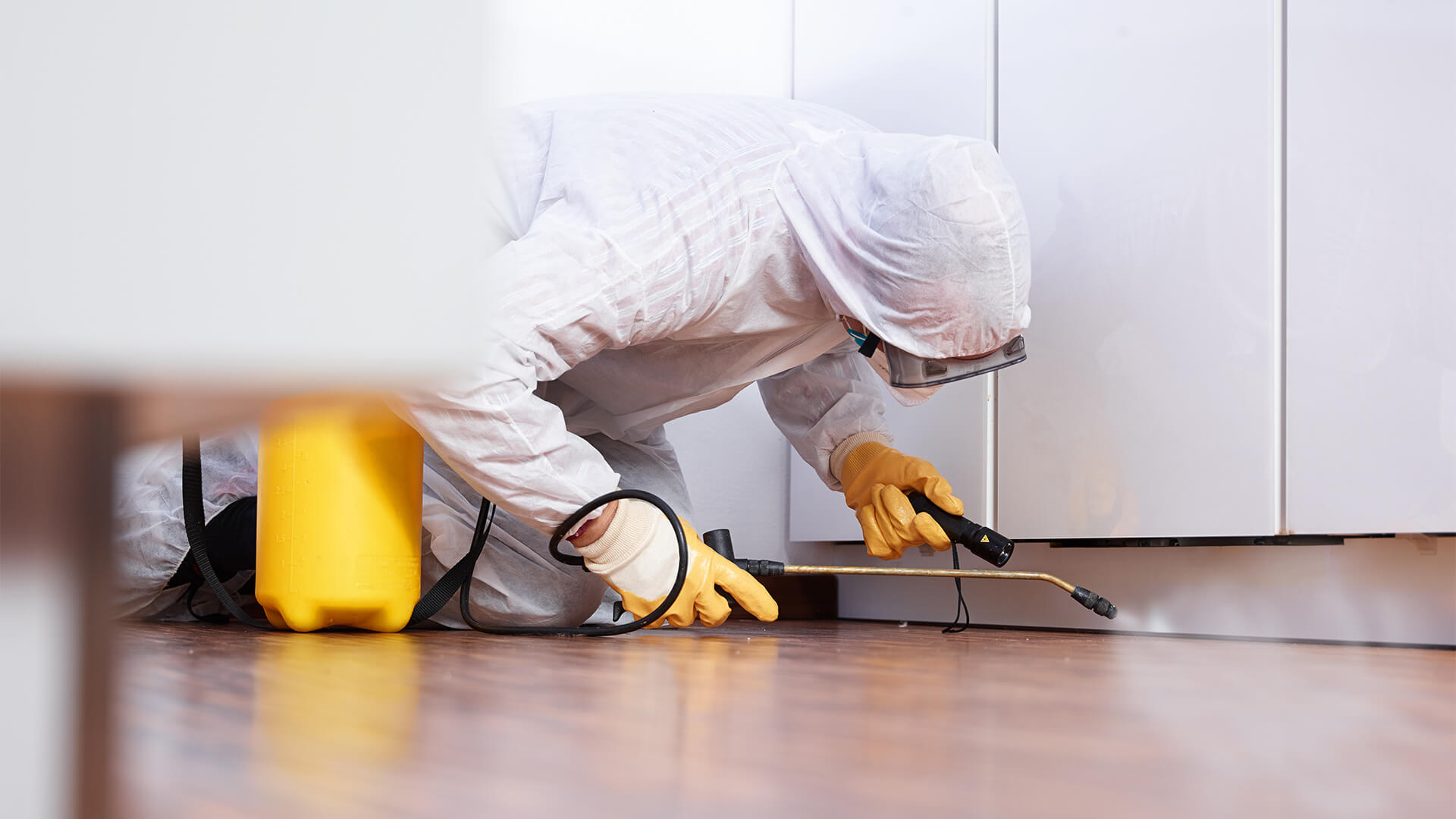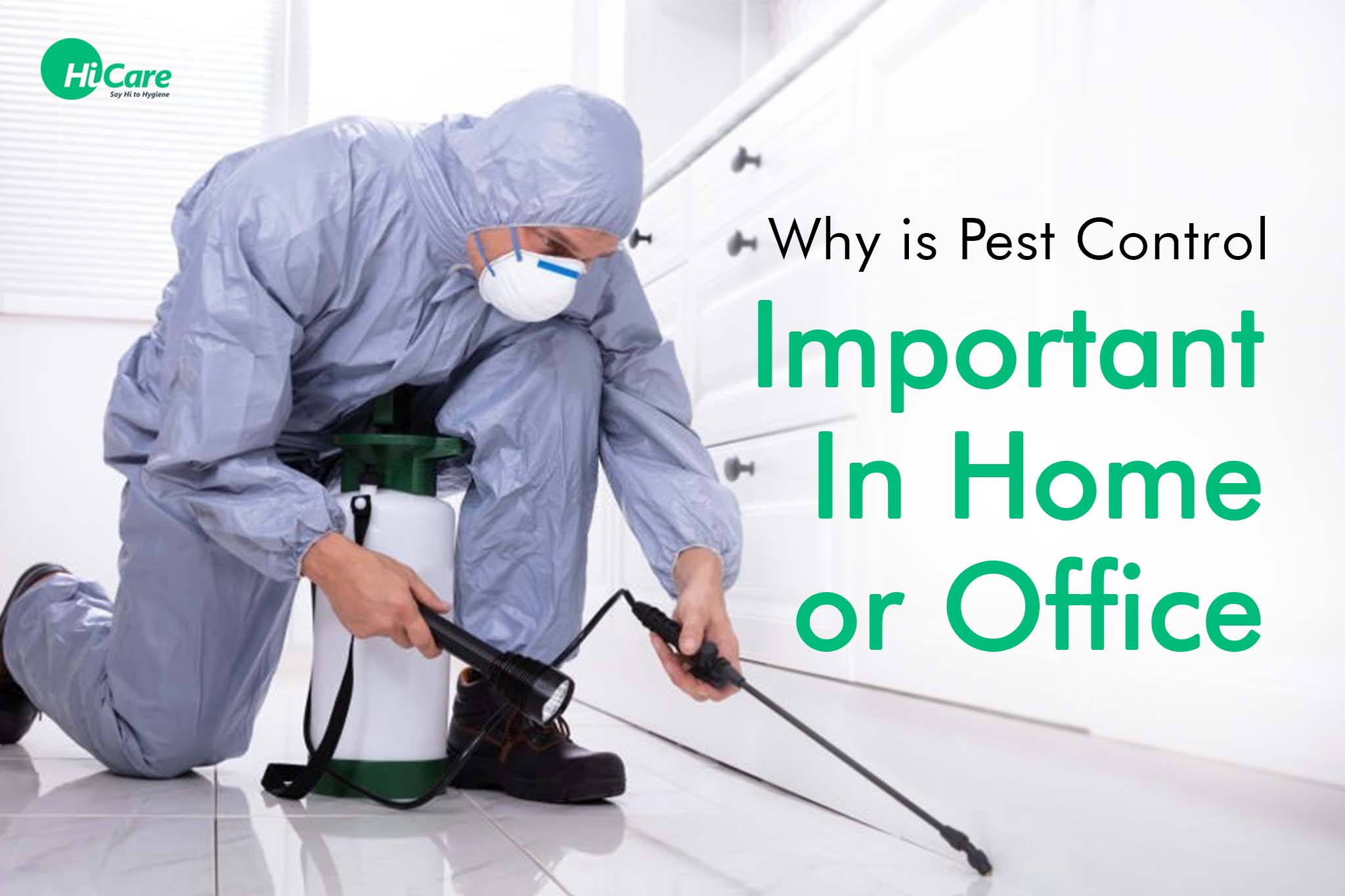Expert Pest Control Service Coquitlam: Protect Your Home from Invaders
Expert Pest Control Service Coquitlam: Protect Your Home from Invaders
Blog Article
Safe and Reliable Bug Control for Lasting Defense
Reliable bug administration calls for a diverse approach that balances eco-friendly honesty with the demand for reliable pest suppression. The nuances of these techniques may not be right away clear, motivating a better assessment of the techniques that can lead to lasting pest control outcomes.
Recognizing Bug Control Methods
Bug control encompasses a range of techniques focused on managing and removing undesirable insects and rodents that can endanger both wellness and building. Comprehending these methods is important for efficient parasite monitoring.
The main classifications of parasite control techniques consist of mechanical, biological, and chemical strategies. Mechanical techniques involve physical obstacles and traps to avoid parasite access and capture unwanted types. Utilizing displays on windows or employing sticky traps can dramatically reduce parasite populaces without introducing harmful substances - exterminator coquitlam.

Chemical bug control is often the most recognized technique, making use of pesticides to get rid of bugs. These chemicals can be efficient however have to be made use of with care to stay clear of unfavorable impacts on non-target varieties and the setting.
Benefits of Eco-Friendly Solutions
How can green remedies transform insect control practices? The fostering of environment-friendly insect control approaches uses various advantages, dramatically boosting the effectiveness and safety and security of pest management (exterminator coquitlam). These solutions make use of natural components, minimizing the dependence on dangerous chemicals that can pose dangers to human health and the setting. This shift not just shields animals and families but also decreases the possibility for dirt and water contamination.

An additional benefit is the positive influence on local biodiversity. Environment-friendly options are developed to target specific pests while protecting beneficial insects and wild animals, promoting a balanced ecological community. This strategy straightens with the expanding consumer need for sustainable techniques, enhancing the reputation of bug control carriers.
Integrated Pest Management Methods
The execution of environmentally friendly remedies normally results in the adoption of Integrated Pest Monitoring (IPM) methods, which additionally boost insect control efficiency. IPM is an alternative technique that incorporates multiple methods to take care of parasite populations while lessening ecological impact. This approach emphasizes using organic, social, mechanical, and chemical controls, making sure a sustainable and well balanced method of parasite management.
One fundamental aspect of IPM is the complete evaluation of parasite task and ecological problems. By keeping track of pest populaces and identifying their life cycles, professionals can execute targeted treatments that interfere with the insect's environment or lifecycle, minimizing reliance on chemical pesticides. Additionally, cultural techniques such as crop rotation and habitat control can significantly decrease insect facility and reproduction.
Another crucial component is using organic control agents, such as useful pests or bacteria, which can normally subdue insect populations. When chemical applications are essential, IPM focuses on making use of low-risk pesticides and uses them uniquely, minimizing direct exposure to non-target organisms and human beings.
Including IPM techniques not just improves insect control effectiveness yet additionally advertises a safer ecological community, aligning with the growing need for sustainable practices in pest monitoring.
Safe Practices for House Owners
Comprehending the significance of risk-free methods in bug control can empower house owners to successfully manage insect problems while guarding their health and the setting. Applying preventative actions and non-toxic techniques is crucial in lessening direct exposure to hazardous chemicals.
Property owners ought to first assess their atmosphere for conditions that draw in bugs, such as standing water, clutter, and food waste. Frequently cleansing and securing access points can prevent pests from getting into the home. Using natural deterrents, such as necessary oils or diatomaceous earth, can offer reliable choices to chemical pesticides.
When chemical therapies are necessary, property owners should select products that are especially classified as risk-free for residential use. It is important to adhere to application guidelines diligently to prevent too much exposure. Moreover, utilizing targeted treatments in locations where parasites are determined, instead of covering splashing, can considerably minimize chemical use.
Finally, preserving open interaction with bug control experts is vital. Property owners must make inquiries about the safety of items utilized and demand eco-friendly alternatives whenever possible. By adopting these safe practices, home owners can develop a much healthier living atmosphere while effectively taking care of insect problems.

Tips for Long-Term Security
Developing a parasite administration method that stresses long-term security can greatly improve the effectiveness of the safe techniques formerly discussed. To achieve this, homeowners must implement normal assessments of their building, focusing on concealed areas such as attic rooms, cellars, and crawl rooms. Early discovery of parasite task is important in avoiding problems from taking hold.
These practices lower attractants that draw pests right into the home. Securing entrance points, such as splits around doors and home windows, can properly obstruct potential pest access.
Landscaping must additionally be thought about; keeping plants trimmed and preserving a range in between vegetation and the home lessens concealing areas for pests. Utilizing natural deterrents, such as vital oils or diatomaceous planet, can better prevent problems without turning to rough chemicals.
Lastly, working together with a specialist bug control solution for regular evaluations can give an added layer of security. These professionals can supply tailored referrals and advanced therapies, making sure that your home remains secured versus pests in the long term.
Conclusion
To conclude, reputable and secure bug control needs a complex strategy that emphasizes environment-friendly approaches and integrated parasite management. By carrying out natural deterrents, performing normal assessments, and keeping correct hygiene, homeowner can significantly lower pest populations while shielding advantageous bugs and the environment. Collaboration with professional parasite control services enhances Full Report the efficiency of these strategies, ensuring customized services that supply enduring security and tranquility of mind against future invasions.
Efficient parasite administration requires a complex strategy that stabilizes ecological honesty with the demand for effective pest reductions. The fostering of environmentally friendly pest control approaches offers various advantages, dramatically enhancing the efficiency and safety go of parasite administration.The execution of eco-friendly services naturally leads to the adoption of Integrated Bug Administration (IPM) techniques, which further boost pest control efficacy. exterminator coquitlam. important source By keeping track of insect populaces and identifying their life cycles, professionals can apply targeted treatments that interfere with the bug's habitat or lifecycle, minimizing reliance on chemical pesticides.In conclusion, reputable and risk-free bug control requires a multifaceted approach that emphasizes environment-friendly techniques and incorporated bug management
Report this page